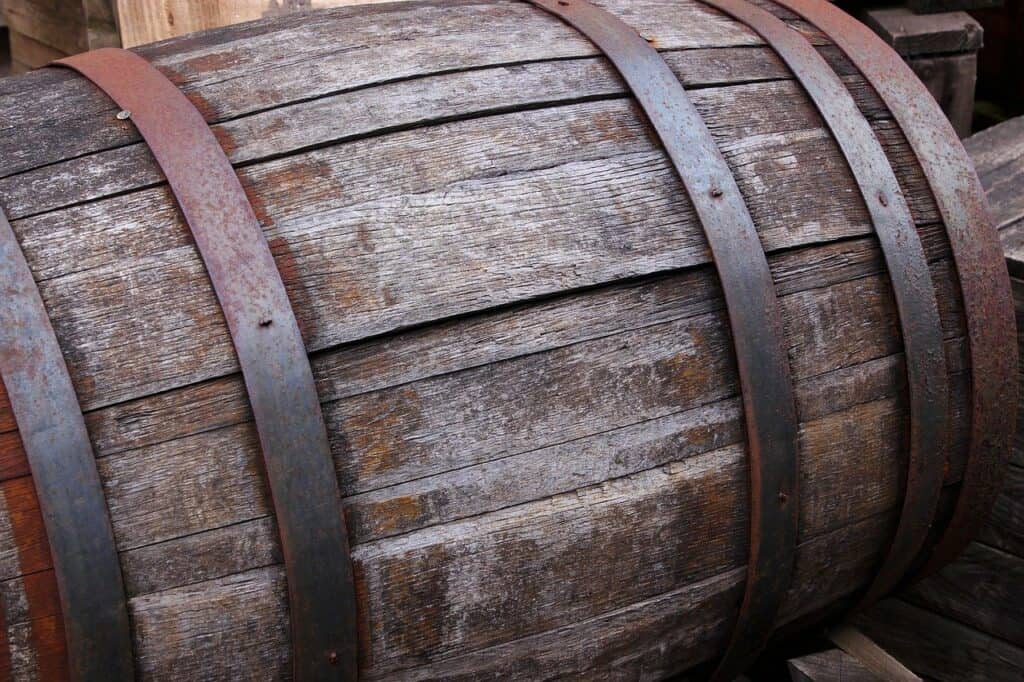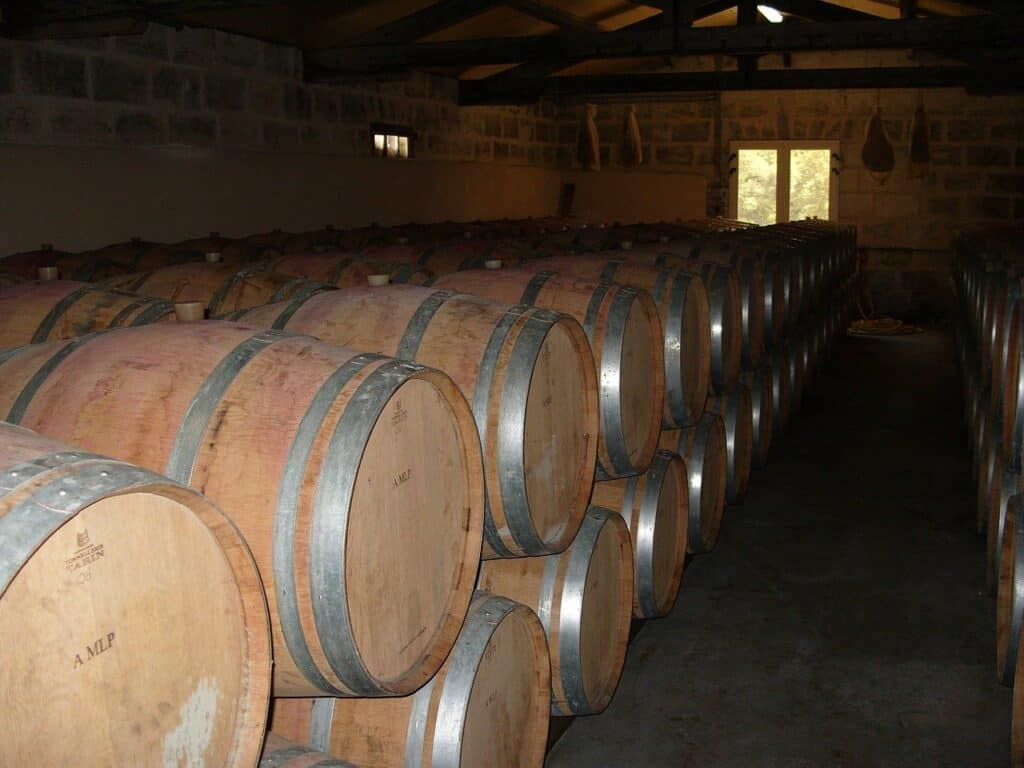
The wine and spirit industry owes much, if not all, of its success to wooden casks. With casks imparting an abundance of flavor into wine and spirits, it’s hard to imagine the world of liquor would be the same without their contribution.
However, there remain many questions surrounding the history and use of casks. How did these wooden barrels become the primary spirit maturation vessel? Who originally invented them? And why?
In this article, we’re diving to the bottom of the barrel to discover the history and impact of wooden casks worldwide.
The History of Casks
Wooden barrels have been used for centuries to transport bulk goods like grain. But before there were casks, there was pottery. The earliest recorded discovery of a substance resembling alcohol was found on a piece of pottery dating back to around 7000 BC. For thousands of years afterward, it appears pottery was the preferred vessel.
Then came casks. Historians remain uncertain of exactly who invented the cask, but it has been traced back to the burial place of Third Dynasty surgeon Hesy-Ra. The carvings around the burial site depict storage containers similar to casks full of grains. Historians have dated the carvings to at least the 2600s BC.
The use of liquid in wooden casks didn’t come until much later. Some theories attribute the cask as we know it to the Celts, who were using water-tight wooden barrels around 350 BC to transport everything from liquids to goods like gold coins and nails.
Around the same time, Greeks and Romans developed a preference for wine aged in wooden barrels rather than the grape juice fermented in animal pelts and clay they had been drinking previously.
The Romans Casked Wine
Although most likely invented by the Celts, wooden barrels were introduced to the Romans by the Gauls. Wooden barrels presented a solution to the difficulty of transporting wine over vast stretches of land rather than water.
Until their encounter with the Gauls, Romans transported wine in amphorae, ancient ceramic, or sometimes metal containers, which were heavy and cumbersome.
Romans quickly adopted wooden barrels as their standard transportation vessel after realizing how much stronger, lighter, and easier to roll they were.
It’s unclear whether this was the exact launching point of the barrel aging process, but it’s safe to say that wine and spirit casking evolved rapidly from this point on.

How Whiskey Became Synonymous with Casks
Using barrels for spirit maturation came much later than using wooden barrels for wine storage and was discovered somewhat by chance.
For example, scotch is several hundred years old, but it has only been aged in used wine and spirit barrels since around the 1800s. Up until this point, barrels were simply a means of storage and transportation for scotch.
During the 1800s, the Scots noticed a correlation between the time it took the whiskey to reach its shipping destination and increased demand for the product. It soon became clear that the longer the whiskey spent in the cask, the better it tasted. From this point on, Scots continued to age their whiskies accordingly, and to this day, cask aging is one of the most vital elements to making any whiskey.
Cognac is Also Aged in Wooden Casks
Cognac, a spirit made from distilled wine, is aged in French oak casks for a minimum of two years. The wooden cask imparts vanillin and tannins on the spirit during the aging process, giving cognac its well-known sweet and spicy flavor and amber color.
Cognac’s distillation season lasts from October 1 through March 31 each year. Depending on how long the cognac is aged, it is classed as VS (aged 2 years), VSOP (aged 4 years), or XO (aged 10 years).
Rum & Tequila Become Añejo After Spending Time in a Cask
Like cognac, tequila takes on a darker color and bolder flavor the longer it spends in a cask. Tequila is frequently aged in oak barrels and casks previously used to age other liquors, such as whiskey, sherry, and cognac.
Depending on how long tequila is aged, it falls into one of three categories: Blanco (aged 0-2 months), Reposado (aged 2-11 months), and añejo (aged 1-3 years). Añejo tequila is darker and more robust in flavor than other tequilas.
What happens to casks after spirits?
As mentioned, used spirit casks are often used to distill other spirits, imparting a unique flavor into the new product. For example, scotch whiskey is almost always aged in used barrels, frequently bourbon, sherry, or port casks.
After a cask has been used several times, its maturation abilities decrease. However, some casks can be rejuvenated by removing the used inner charcoal layer and charring the inside again. This process releases the vanillin and caramel flavor in the barrel again.